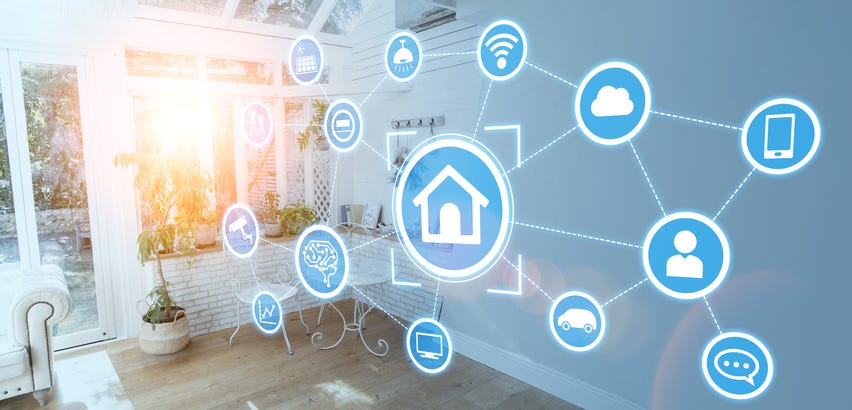
Automated Systems for Sustainable Living: Tech Meets Eco
Share
In a world increasingly aware of its environmental footprint, automated systems for sustainable living are not just a futuristic conceptthey're a necessity. These systems blend technology with eco-friendly practices, offering solutions that can significantly reduce our carbon footprint and resource consumption. As tech professionals and enthusiasts, understanding these systems is crucial for driving innovation that both elevates our quality of life and protects the planet.

The Rise of Smart Homes
Smart homes are at the forefront of automated systems designed for sustainable living. With the integration of the Internet of Things (IoT), these homes utilize interconnected devices to manage energy consumption efficiently. Devices such as smart thermostats and thermal imaging leak detectors are pivotal in reducing energy waste. For instance, a smart thermostat can learn your schedule and adjust the heating and cooling accordingly, ensuring comfort while minimizing energy use.
Energy Efficiency through Automation
At the core of sustainable automated systems is the drive for energy efficiency. Automated lighting systems, for example, use motion sensors to determine when lights should be on or off, significantly cutting down unnecessary electricity usage. Moreover, thermal imaging leak detectors help in identifying and fixing leaks that can lead to energy loss.
These innovations are not just limited to homes. Commercial buildings are also adopting automated systems to manage energy distribution more efficiently. By using IoT technologies, businesses can monitor energy usage in real-time, allowing for adjustments that can lead to substantial savings both financially and environmentally.
Water Conservation and Waste Management
Automated systems are also making strides in water conservation and waste management. Smart irrigation systems, for instance, use weather data and soil moisture sensors to optimize watering schedules, ensuring that plants get the right amount of water without wastage. This is particularly beneficial in regions prone to drought, where every drop counts.
Waste management is another domain where automation can make a significant impact. Automated waste sorting systems can efficiently separate recyclables from waste, reducing the amount sent to landfills. These systems not only promote recycling but also ensure that waste is processed in the most environmentally friendly manner.
Integration of Green Technologies
The integration of green technologies with automated systems is paving the way for more sustainable living. Renewable energy sources such as solar and wind are being incorporated into smart grids, allowing for more efficient distribution and use of clean energy. Smart grids can predict energy needs and adjust supply accordingly, reducing reliance on fossil fuels.
Moreover, the use of sustainable home designs and materials is being enhanced by automation. Homes are now being built with materials that are both sustainable and capable of integrating with automated systems, creating living spaces that are not only eco-friendly but also technologically advanced.
Challenges and Future Prospects
While the potential of automated systems for sustainable living is vast, there are challenges to consider. The initial cost of implementing these systems can be high, and there is a need for widespread infrastructure to support them. Additionally, the technology required for these systems must be continually updated to ensure efficiency and security.
However, the future is promising. As technology advances, the cost of automation is expected to decrease, making it more accessible to a broader audience. Moreover, as awareness of environmental issues grows, there is a strong push for policies that support the adoption of sustainable technologies.
Conclusion
Automated systems for sustainable living represent a convergence of technology and environmental stewardship. They offer a path forward where technological advancement does not come at the expense of our planet. As tech professionals and enthusiasts, embracing and promoting these systems is not just an opportunity but a responsibility to ensure a sustainable future. For more insights on eco-friendly home automation, explore the latest innovations and trends.

FAQ
Q: What are automated systems for sustainable living?
A: These are systems that utilize technology to manage resources efficiently, reduce waste, and minimize environmental impact, often through the use of IoT and smart devices.
Q: How do smart homes contribute to sustainable living?
A: Smart homes use interconnected devices to optimize energy use, manage waste, and conserve water, significantly reducing their environmental footprint.
Q: What are some challenges in implementing automated systems?
A: High initial costs, the need for supporting infrastructure, and the requirement for continuous technological updates are some of the challenges faced in implementing these systems.
